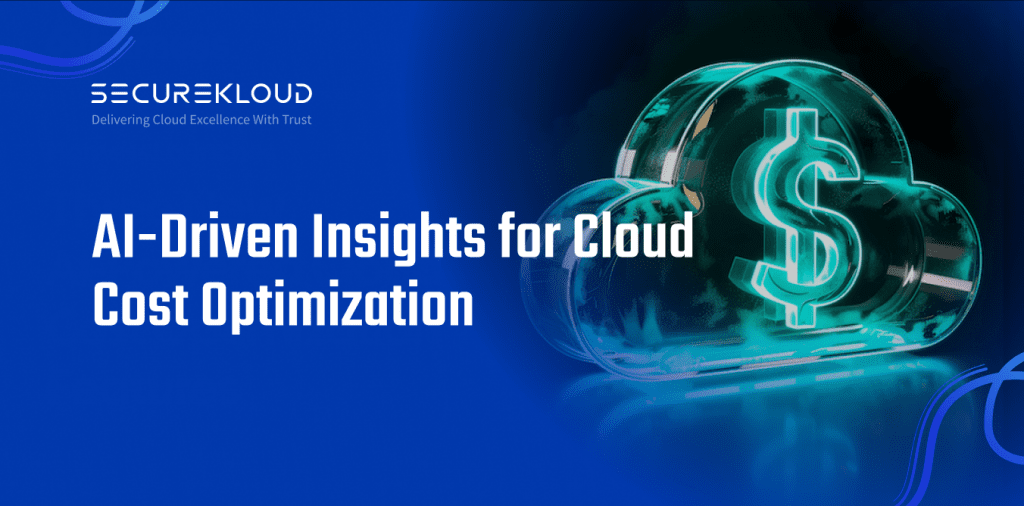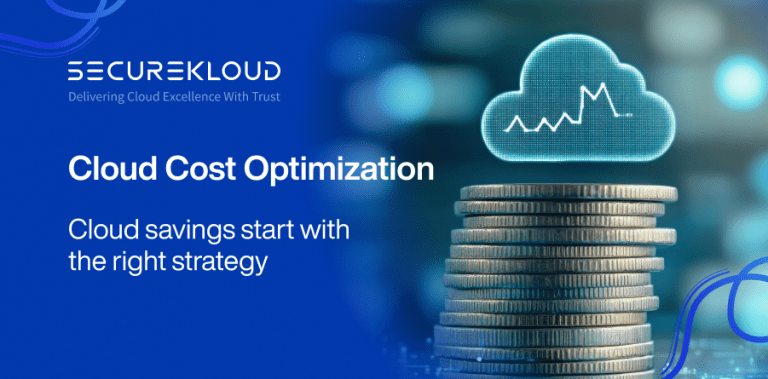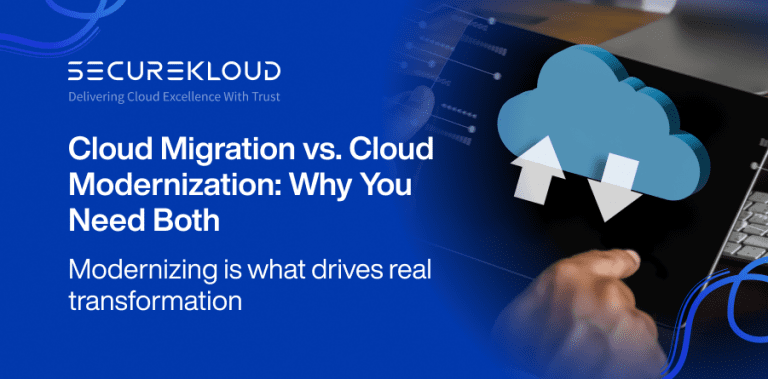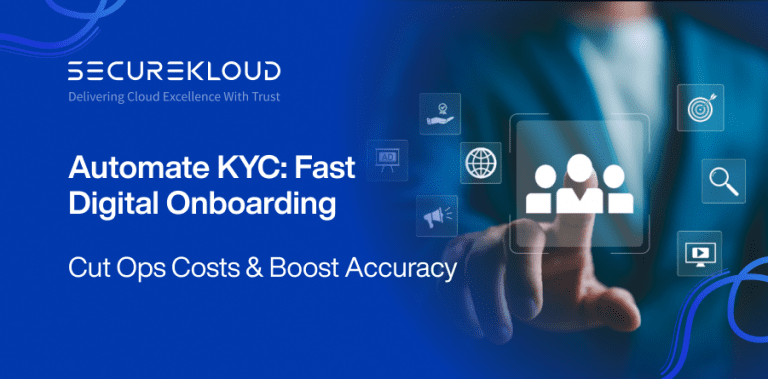- 4Minutes
- 732Words
- 121Views
As businesses increasingly adopt cloud computing for its scalability and flexibility, managing cloud costs has become a significant challenge. Without proper oversight, cloud spending can quickly escalate. AI-driven insights offer a solution by providing deeper visibility into cloud expenditures, predicting costs more accurately, and enabling strategies to optimize resource usage and spending. In this blog, we’ll explore how AI-powered tools can help businesses optimize cloud costs and improve operational efficiency.
What is Cloud Cost Optimization?
Cloud cost optimization involves managing and reducing cloud service expenses while maintaining performance and availability. With the complexity of cloud environments, factors like underutilized resources, misconfigured services, and unpredictable workloads can lead to unnecessary costs. AI-driven optimization addresses these challenges by providing automation, real-time insights, and predictive capabilities to ensure businesses only pay for what they need. Using machine learning and data analytics, AI identifies inefficiencies and recommends solutions to maximize value while minimizing cloud expenses.
The Role of AI in Cloud Cost Optimizations
AI can assist in cloud cost optimization in several key ways:
- Predicting Cloud Costs: One of the primary challenges of cloud management is forecasting costs. Cloud providers offer complex pricing models based on usage, and predicting spending can often feel like navigating a maze. AI-powered tools can analyze historical data, usage patterns, and trends to predict future cloud expenses with high accuracy. This gives organizations the ability to plan budgets more effectively and avoid unexpected overages.
- Automating Cost Allocation: Manually tracking cloud usage and allocating costs to the appropriate departments or projects can be a tedious and error-prone process. AI can automate cost allocation by using machine learning algorithms to match usage data with specific users, teams, or business units. This not only saves time but also provides better visibility into where costs are being incurred, helping organizations make more informed decisions.
- Identifying Underutilized Resources: In cloud environments, it’s common for organizations to over-provision resources to ensure they have enough capacity to handle peak workloads. However, this often results in significant waste. AI can analyze usage patterns and identify underutilized or idle resources, such as unused virtual machines, storage volumes, or over-provisioned compute instances. These insights enable businesses to scale back or eliminate unnecessary resources, thus reducing costs without sacrificing performance.
- Optimizing Resource Allocation: AI-driven tools can continuously monitor cloud usage and dynamically adjust resource allocation based on real-time demand. By leveraging predictive analytics, AI can forecast resource requirements, ensuring that workloads are automatically scaled up or down to match business needs. This reduces the likelihood of paying for unused capacity or over-provisioning resources during periods of low demand.
- Automated Cost Optimization Recommendations: Many AI-powered cloud cost management platforms offer automated recommendations for optimizing cloud spending. These suggestions can range from downsizing underutilized resources to switching to more cost-effective pricing plans or choosing different instance types. AI-driven platforms can generate real-time recommendations based on current and historical usage patterns, making it easier for businesses to implement cost-saving strategies without manual intervention.
How to Leverage AI for Cloud Cost Optimization
To take full advantage of AI-driven cloud cost optimization, businesses should consider the following steps:
- Choose the Right AI Tools: There are various AI-powered cloud management platforms available, each offering different features. Look for a solution that provides predictive analytics, automated cost allocation, and actionable recommendations that align with your organization’s cloud usage patterns.
- Integrate AI Insights into Your Workflow: For AI to be most effective, it needs to be integrated into your cloud management workflow. Ensure that your team is equipped to act on the insights provided by AI tools, whether it’s making changes to resource allocation, adjusting reserved instances, or exploring new pricing models.
- Monitor and Optimize Continuously: Cloud cost optimization is an ongoing process. Regularly monitor cloud usage and costs, and let AI tools continuously analyze your environment for optimization opportunities. Over time, the insights from AI will become even more refined, helping you further reduce expenses.
AI-driven insights are revolutionizing the way organizations manage their cloud costs. By automating cost tracking, providing predictive analytics, and identifying inefficiencies, AI helps businesses optimize their cloud spending and allocate resources more effectively. Whether you are a small business looking to scale your cloud infrastructure or a large enterprise managing complex workloads, AI-powered cloud cost optimization offers a path to significant savings and greater operational efficiency.



